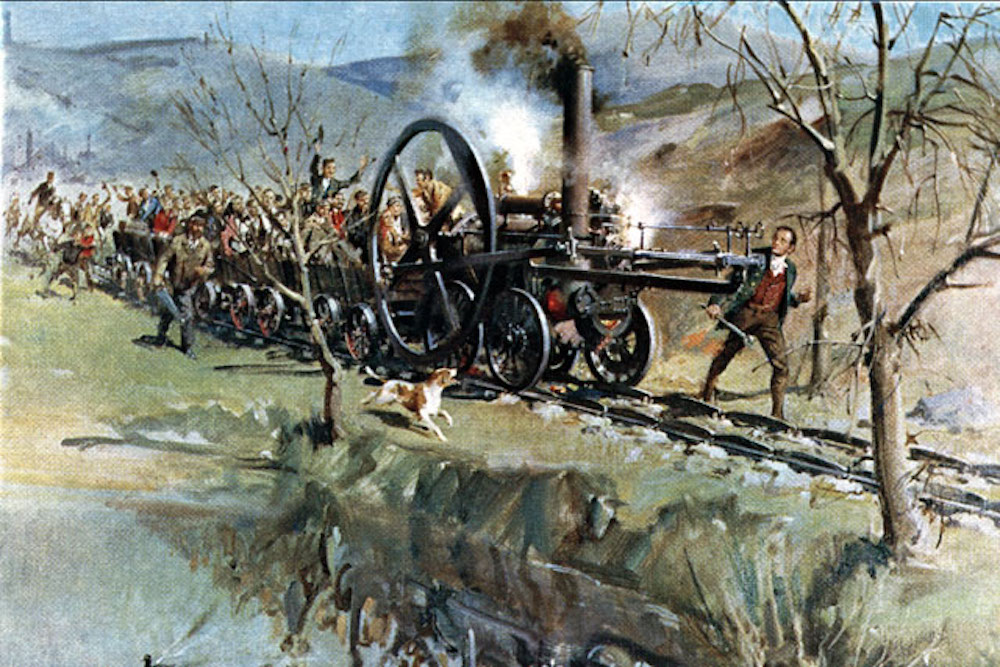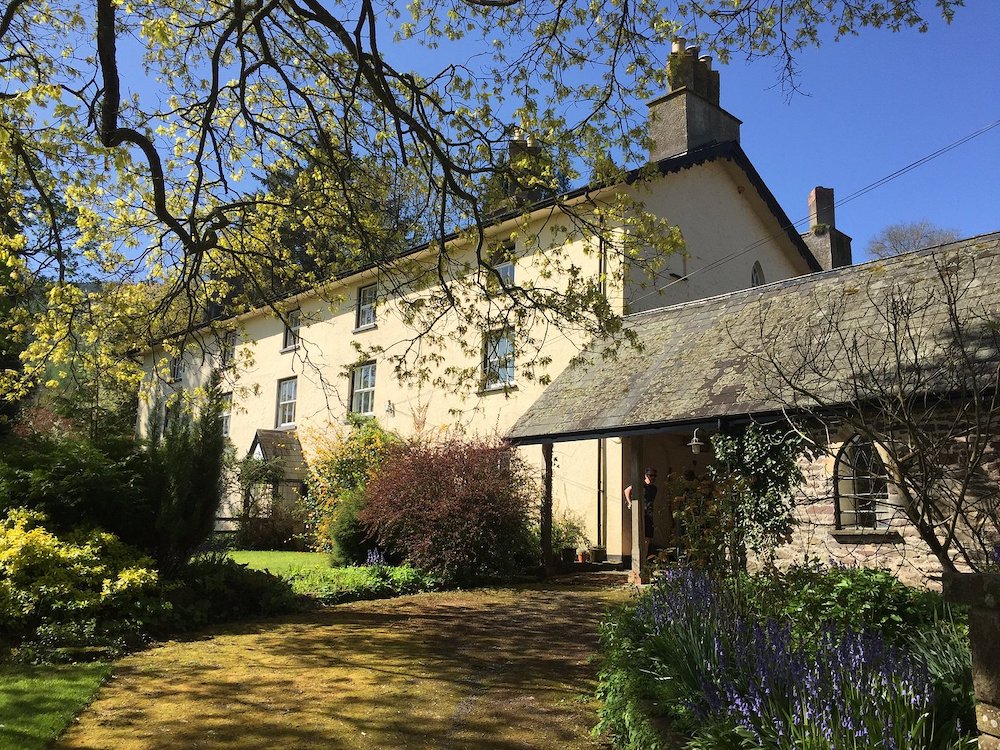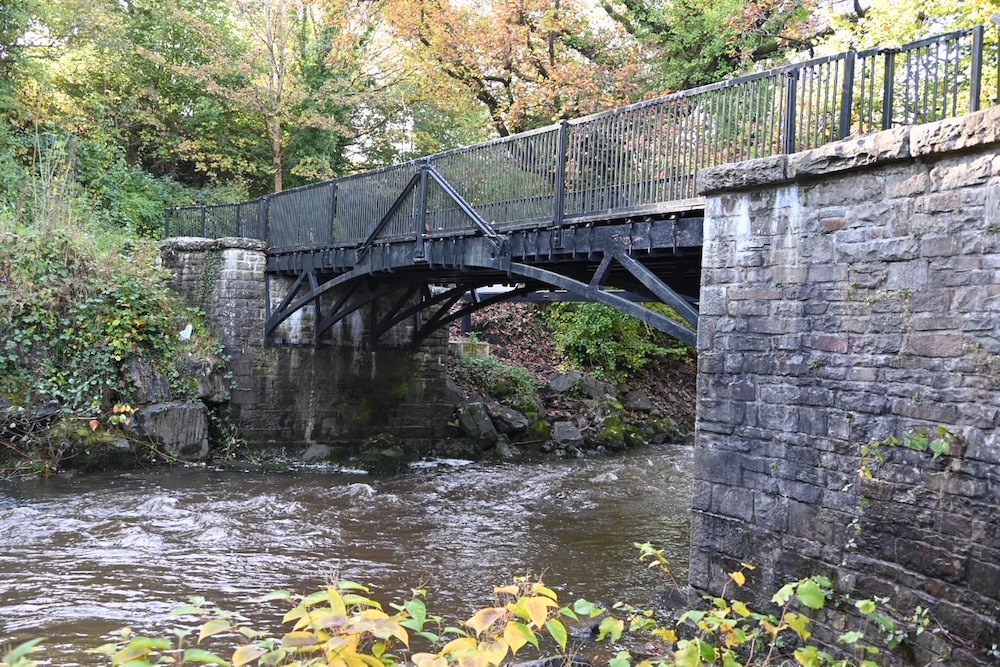Celebrating the life of a trailblazing Welsh engineer

The life of pioneering Welsh engineer George Overton was celebrated today by the Institution of Civil Engineers.
South Wales members of the organisation today visited Overton’s home Llanddetty Hall, near Talybont-on-Usk on what would have been his birthday.
The year 2025 marks the 250th anniversary of his birth on 16 January.

George Overton (1775 – 1827), is best known for building the Merthyr tramroad on which Richard Trevithick ran the world’s first working railway steam locomotive in 1804.
His expertise in civil engineering was important in shaping the transport infrastructure in Wales during the industrial revolution thanks to his building of tramways so that Merthyr and the Cyon Walleys could transport coal and iron to Cardiff docks.
His work also laid the foundation for the eventual development of modern railways.
A plaque is to be unveiled at Llandetty Hall later this year by ICE Wales Cymru to mark his huge contribution to engineering.
The Merthyr tram road was commissioned by the owners of Dowlais, Penydarren and Plymouth Ironworks. Overton’s 16km-long road was completed in 1802.
Overton also constructed the Llwydcoed Tramroad in 1802 for the Aberdare Canal Company.
His tram bridge in Robertstown is the second oldest surviving iron railway bridge in the world.
In 1803, Overton became a partner in the Hirwaun Ironworks and built the Hirwaun to Abernant tramroad between 1806 and 1808.
In 1815, he engineered the Brinore Tramroad near his home in Llandetty.
The 13km-long road ran from Talybont-on-Usk to Trefil. It links the Tredegar iron works and Trefil limestone quarries to the Monmouth and Brecon canal at Talybont.

He had an interest in the canal wharf, which is still known as Overton’s Wharf at the interchange between the canal and tramroad.
His expertise was sought beyond Wales. He offered his expertise for the development of a transportation route for mine owners in County Durham.
In 1825 he published A Description of the Faults or Dykes of the Mineral Basin of South Wales.
In it, he described himself as a practical man who had made and used tramroads “during the greater part of the last thirty years.” And who had “surveyed and constructed road[s] of some hundred miles’ extent in different parts of the kingdom”.
His final project was Rumney Railway, a plateway from the Rhymney Ironworks to the Monmouthshire Canal tram road, which opened shortly after his death.
There is very little information about George Overton’s early life and education and indeed, some contradictions.
His descendants believe he was born at Bringewood Forge, Herefordshire, on 16 January 1775. However, for most of his life, he lived in South Wales.
In 1805, Overton married Mary, and they had six children.
In 1815, the family moved to Llandetty, near Talybont-on-Usk.
Overton passed away on 2 February 1827 and is buried at Llandetty Church.
Sadly there is no known portrait of George Overton.
Support our Nation today
For the price of a cup of coffee a month you can help us create an independent, not-for-profit, national news service for the people of Wales, by the people of Wales.





For those who haven’t been , the trip to see Trevithicks train in Swansea Maritime museum is well worth it…
He was born in England.